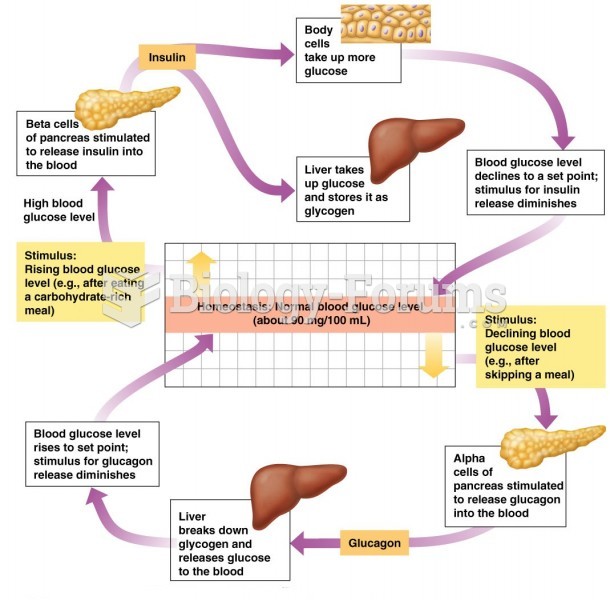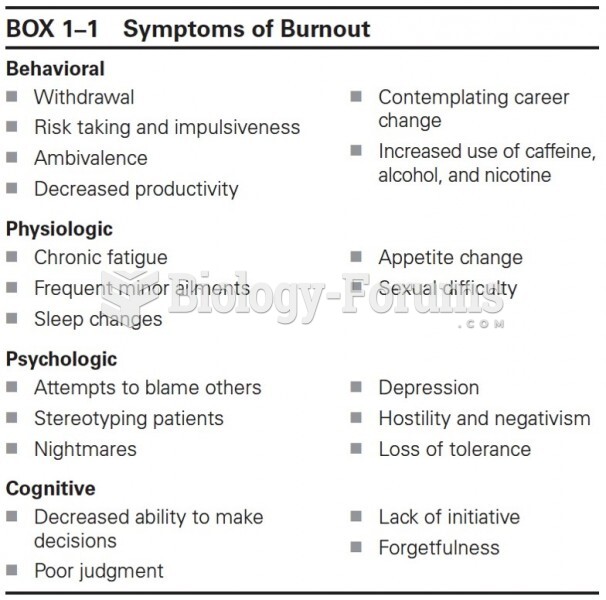|
|
|
Did you know?
The most common treatment options for addiction include psychotherapy, support groups, and individual counseling.
Did you know?
Every 10 seconds, a person in the United States goes to the emergency room complaining of head pain. About 1.2 million visits are for acute migraine attacks.
Did you know?
The human body produces and destroys 15 million blood cells every second.
Did you know?
Women are 50% to 75% more likely than men to experience an adverse drug reaction.
Did you know?
By definition, when a medication is administered intravenously, its bioavailability is 100%.







